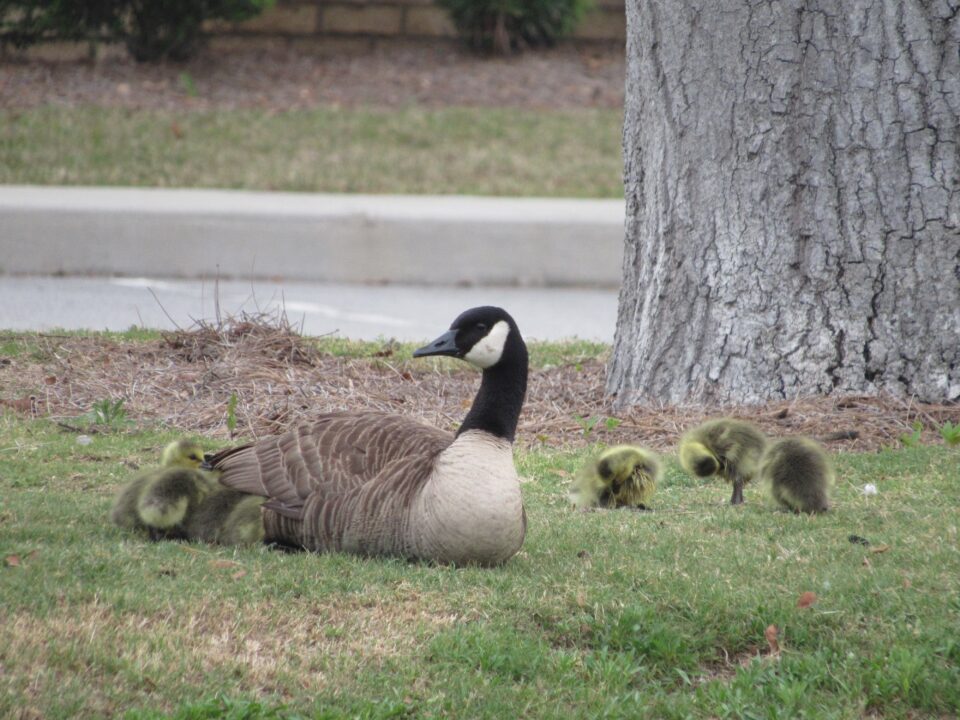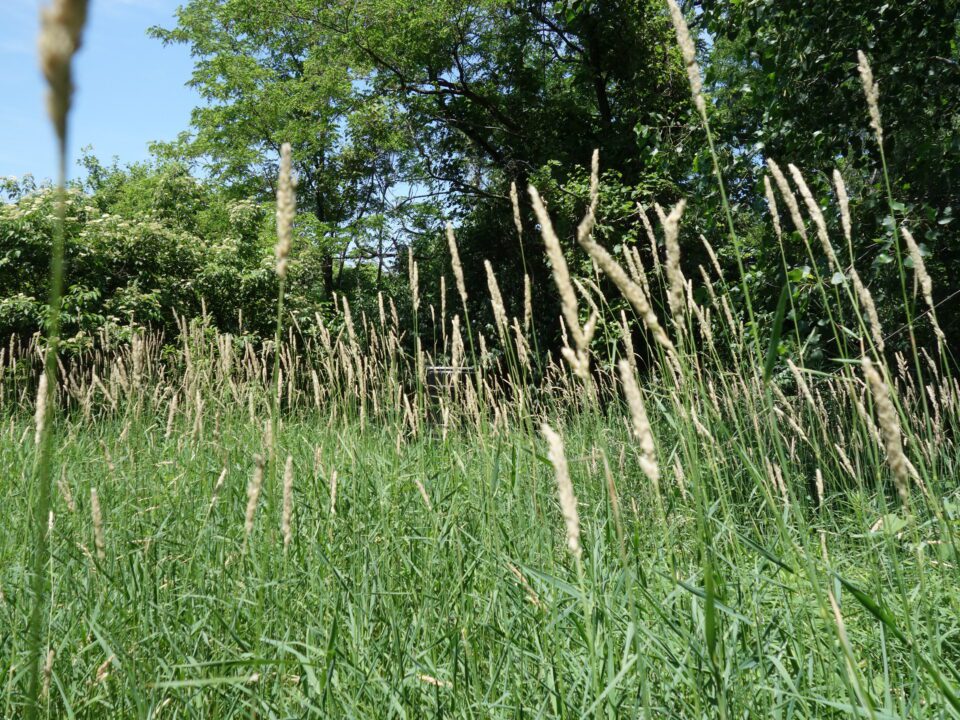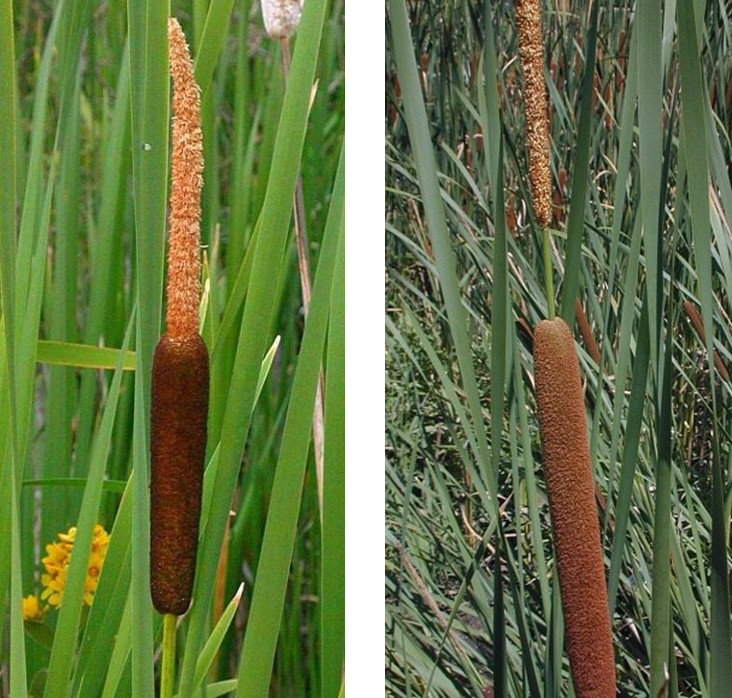April 22, 2024
By: Jenny Adkins April 22, 2024 We’re guessing that at first glance, most people living in suburban American areas cringe at the sight of a Canada Goose (Branta canadensis), especially if you live near a golf course, pond, or detention basin. These large, handsome geese are actively managed as nuisance species due to their aggressive behavior and, how to put this, tremendous excrement output, which dirties sidewalks and adds nutrients to water resources. As grazers, they can also impact plant establishment. BUT, did you know that they were once on the verge of extinction? In the early 1900s, they were regularly hunted for sport and for food. Unregulated hunting accompanied with draining wetlands for farming, building, transportation routes, etc., caused their population to plummet. They […]





